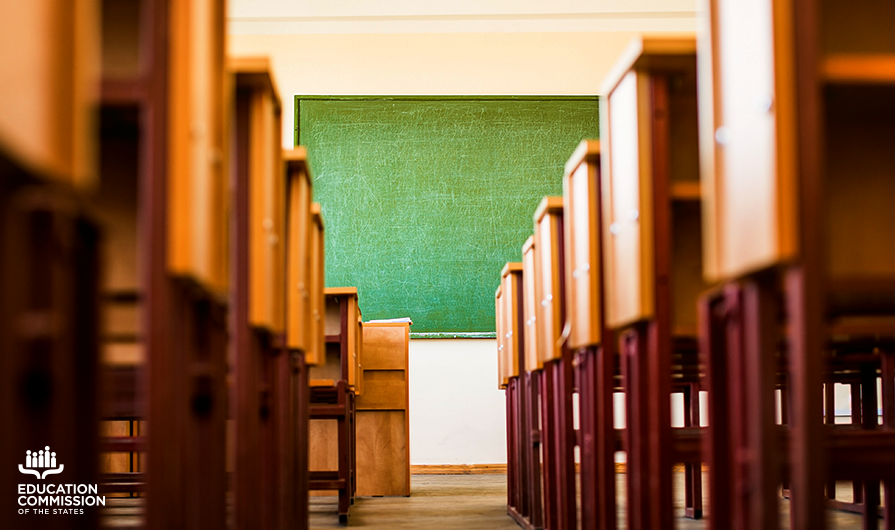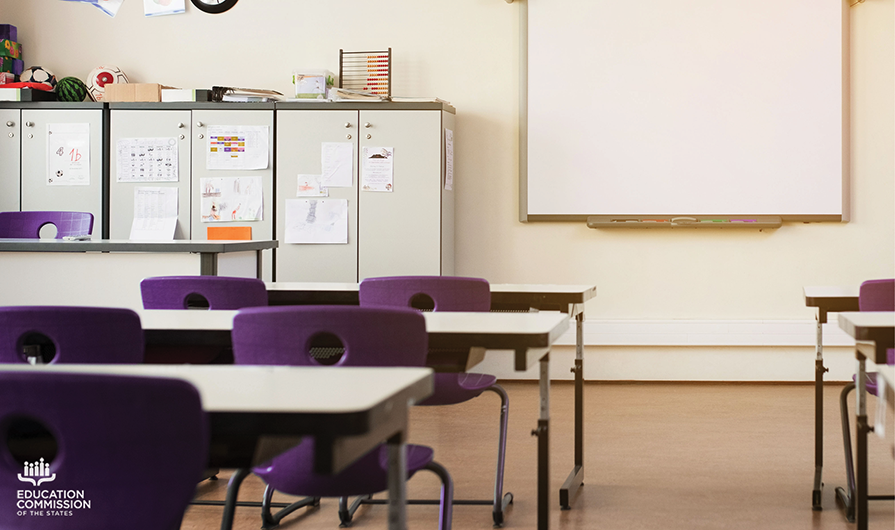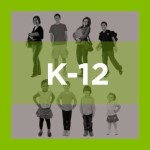As the COVID-19 pandemic moves the U.S. economy into a tumultuous recessionary period, state policymakers are making difficult decisions about spending priorities. In education finance, we often use overarching principles to discuss the potential impacts of a recessionary period. However, state- and recession- specific qualities are important in estimating financial impact. After examining state-specific trends from our most recent recession, we found important context around revenue conditions that supports a more hopeful outlook for some states.
During the 2008 recession, states saw relatively flat rates of funding, and in some cases states were forced to temporarily reduce per-pupil spending as they managed budgets over the recessionary period. However, not all states experienced multi-year declines and stagnation in per-pupil spending, even when adjusting for inflation.
States access three streams of revenue for education spending: local, state and federal dollars. According to this analysis by the Center on Budget and Policy Priorities, the federal government contributes approximately 8% of the total revenue for state education costs. In the 2009-10 and 2010-11 post-recession school years, the federal government contribution peaked at slightly more than 12% of total K-12 revenues. According to a guest post by the Learning Policy Institute on Ed Note, the CARES funding allocation for education equates to 1.9% of P-12 revenues.
Given limited federal contributions, we chose to examine the relationship of state and local revenue on K-12 education spending over the last recession. We used Consumer Price Index data from the Bureau of Labor Statistics combined with Census data to calculate the real change in per-pupil spending from 2005 to 2012. We searched for states that weathered the last recession and managed to sustain pre-recession funding levels. We found that Connecticut, New Hampshire and North Dakota experienced real increases to per-pupil education spending throughout the recession. Alaska and Vermont both experienced a one year decline in per-pupil spending; however, declines amounted to less than 1% and both states were able to set a new high for per-pupil spending the following year. From there, we identified four key policy takeaways for education spending resiliency.
Dependence on state revenue does not always result in rapid changes in education spending. On average across the U.S., in the years prior to and during the 2008 recession, between 40% to 50% of states’ K-12 funding came from state revenue. However, three of the resilient states we identified — Alaska, North Dakota and Vermont — all relied on above-average levels of state revenue to fund K-12 education. Alaska and Vermont were particularly reliant on state revenue, averaging 61% and 87% of their K-12 funding from state sources, respectively.
Rainy day funds can be used to support state revenues for education spending. Alaska and North Dakota have historically maintained large balances in their rainy day fund accounts. According to National Association of State Budget Officers data, in 2011 when many states had emptied out or nearly emptied out these funds, Alaska maintained a fund equal to 238.2% of their general fund expenditures. North Dakota had the third largest fund with a balance of 23.4% of their general fund expenditures.
Property tax is a highly stable form of revenue for education spending. Historically, property tax is considered the most stable form of revenue for state or local governments to collect. For example, New Hampshire used property tax to generate a large percentage of its revenue at the state and local level. According to data from the Census Bureau, during post-recession years states and local governments relied on property tax to generate about 30% of revenue; in New Hampshire, property taxes make up more than 60% of revenue. Connecticut has also historically relied on a larger-than-average percentage of local and state revenues from property tax, ranging from 37% to 42% during our years of interest.
There are revenue sources beyond income, sales and property taxes. When it comes to tax revenue, discussions often focus on income tax (corporate and personal) and sales tax (including gross receipts tax). On average, states and local governments rely on these three tax sources for around 90%-95% of their tax revenue. However, Alaska and North Dakota rely much more heavily on other forms of tax revenue. Alaska generates around 45%-50% of its tax revenue from other sources, while North Dakota relies on other taxes for about 35% of its revenue. Alaska and North Dakota derive a large portion of their other revenue from severance tax, a tax imposed exclusively for removal of natural resources.
As discussions continue around revenue declines and possible budget cuts to education, the specific context of each state and local revenue portfolio will ultimately determine the budgetary responses of individual states. States with revenue portfolios that are more susceptible to the current recession may be more likely to experience greater budget cuts. Additionally, some states and local governments will have more tools, such as rainy day funds or varying tax bases, that they can utilize to mitigate the effects of the COVID-19 recession. State policymakers will face state-specific revenue conditions as they make decisions about how best to weather the financial distress in education spending.















